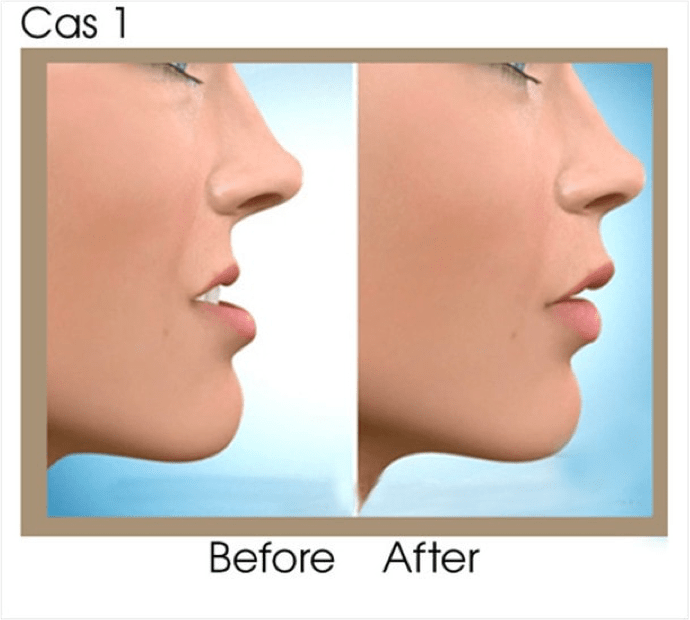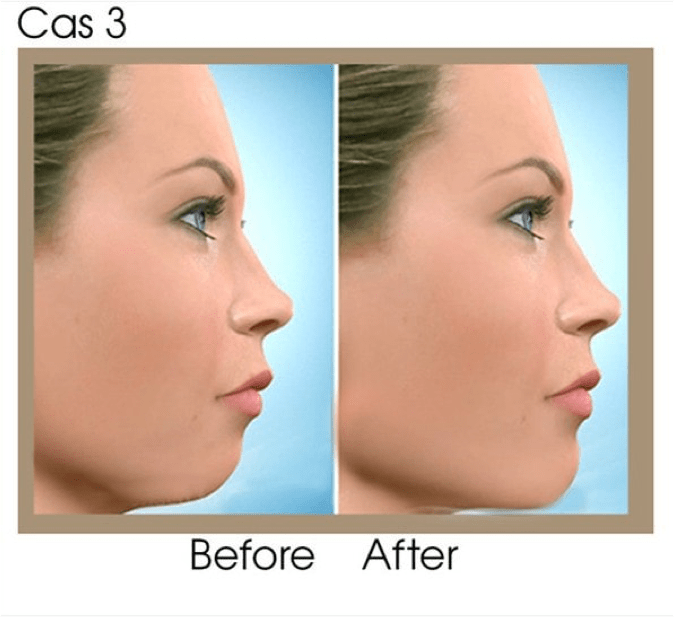Orthodontist
What is orthodontics ?
Orthodontics is a speciality that allows the correction of dental malpositioning in order to restore functional and aesthetic teeth. A dental discipline in its own right, orthodontics aims to promote a dental occlusion that corrects defects in the positioning of bones, jaws and teeth.
This specialty also has an important aesthetic dimension for the patient. To achieve an improvement, the orthodontist has a whole range of more or less complex appliances at his or her disposal which exert forces on the teeth. If the force is directed towards the bone base, this is called orthopaedics.
Find your most beautiful smile without pain!
Rhône Dental Clinic adapts to the most demanding schedules and private requirements of each patient. We guarantee a rigorous punctuality and offer an emergency service in case of necessity.
The objectives of orthodontics : aesthetics and balance
While children and teenagers used to account for the majority of orthodontic cases, adults are becoming increasingly aware of the need for perfect alignment of their teeth. The harmony of the smile is the primary motivation, but the alignment of the teeth has many other benefits for health and balance.
A good occlusion will allow dental ageing to take place in good conditions, a more balanced posture, a recuperative sleep; it will also favour efficient brushing and will allow to fight against gingival loosening.

Quality diagnosis by a qualified orthodontist
A qualified orthodontist will suggest appropriate treatments to parents depending on the age of the patient. The aim of the dental practice will be to restore the balance of the bone bases and avoid extractions in a second phase of treatment, between the ages of 12 and 14.

Rhône Dental Clinic orthodontic protocol
In its constant quest for patient well-being and optimal quality of care, Rhône Dental Clinic pays particular attention to the quality of the diagnosis and to the choice and implementation of the most appropriate protocol for the patient’s particular situation.
The different types of orthodontic treatment
Vestibular orthodontics
This is the standard technique in orthodontics as it is the most frequently used. Self-ligating brackets (small metal or ceramic plates) are bonded to the surface of the teeth. Archwires are inserted and tied into the grooves of these brackets. As today’s archwires have super-elastic properties, they will gradually return to their original shape and thus align the teeth – techniques in this type of treatment are constantly evolving.
The materials are becoming easier to bear, more harmonious and more discreet. Clear ceramic brackets, for

The latest generation of orthodontic brackets, combined with light forces, are designed to gently stimulate the tooth movement necessary for displacement.
We offer our young patients ceramic brackets that are more aesthetically pleasing than metal braces:
– top ceramic brackets
– bottom metal brackets
The brackets are small and have a slide that holds the archwire without compressing it. The ceramic brackets used for the anterior teeth have no visible metal parts and no ligatures that turn yellow during treatment.
Specificity – the archwire is not tightened; it exerts its potential from light forces. The strong reduction in friction facilitates the movement of the teeth in harmony with the muscular strength of the lips, cheeks and tongue. The advantages – results are faster, comfort and hygiene are improved.
In many cases, the system avoids the need for tooth extractions or orthognathic surgery.
Invisalign, invisible orthodontics
Invisalign treatments move teeth with the help of transparent removable aligners, which must be changed every two/three weeks and worn for a minimum of twenty hours a day (except during meals and brushing).
Some systems now offer both day and night aligners. Each tray corresponds to a specific dental displacement.
They are custom-made using specialised software that also allows you to visualise the desired tooth movements. The teeth move gradually with each change of tray.
For the teenager, this method offers a more aesthetically pleasing social life, provided that he or she is conscientious enough to wear the mouthpiece daily.


Advantages of Invisalign
This system is suitable for aesthetic corrections, both for adults and adolescents. It is integrated into daily life without any discomfort.
Procedure
The impressions of your teeth are digitized. A 3D model is made and the aligners (between 18 and 36) are then made to measure, for a treatment period of 9 to 18 months, with control visits every 4 to 6 weeks.
This treatment is appreciated because it does not use metal. Different sets of aligners are worn by the patient depending on the progressive corrective movements of the teeth.
Lingual orthodontics
An alternative to conventional techniques, lingual systems make it possible to treat the majority of orthodontic problems. Totally invisible from the outside, fixed on the inside of the teeth, on the side of the tongue, these brackets are intended for those who prefer aesthetics for professional or private reasons.
The technological process used results in brackets that are perfectly adapted to the teeth. Custom-made, extremely flat, they provide a degree of comfort that requires a period of adjustment and regular brushing, and initially causes some discomfort to speech. Advantages – this method is as effective as visible brackets, but requires experience and precision from the practitioner.

Maxillofacial surgery
In some cases, jaw surgery must be considered. The most frequent cases are skeletal disharmony, traumatic dental occlusion or dysfunction of the jaw joints (temporomandibular). A team of specialists (orthodontist, maxillofacial surgeon, periodontist) coordinate their skills to ensure the best result.
The operation is performed from inside the oral cavity, without any visible external signs. After a few days, the external swelling disappears and no trace of the operation remains.
Early diagnosis in young children can in many cases avoid the need for surgery. Nevertheless, from the end of bone growth and in adults, different ortho-surgical protocols allow the effective treatment of different cases of jaw misalignment, both aesthetically and functionally.
Duration of surgical treatment
Pre-surgical phase: 12 to 18 months of orthodontic treatment, usually with a fixed multi-bracket system.
Rhône Dental Clinic orthodontists
Due to the heterogeneity and the difference in training between dentists who practice orthodontics (ranging from a training period for some to more than 4 years after obtaining the diploma of dentist), it is recommended to address only the orthodontists having the title of “specialist in orthodontics” or “specialists in dento-facial orthopedics”.
At the Rhône Dental Clinic, our professional conscience and our quality charter mean that we offer our patients orthodontists who have all obtained this title following a long and complete university course.






